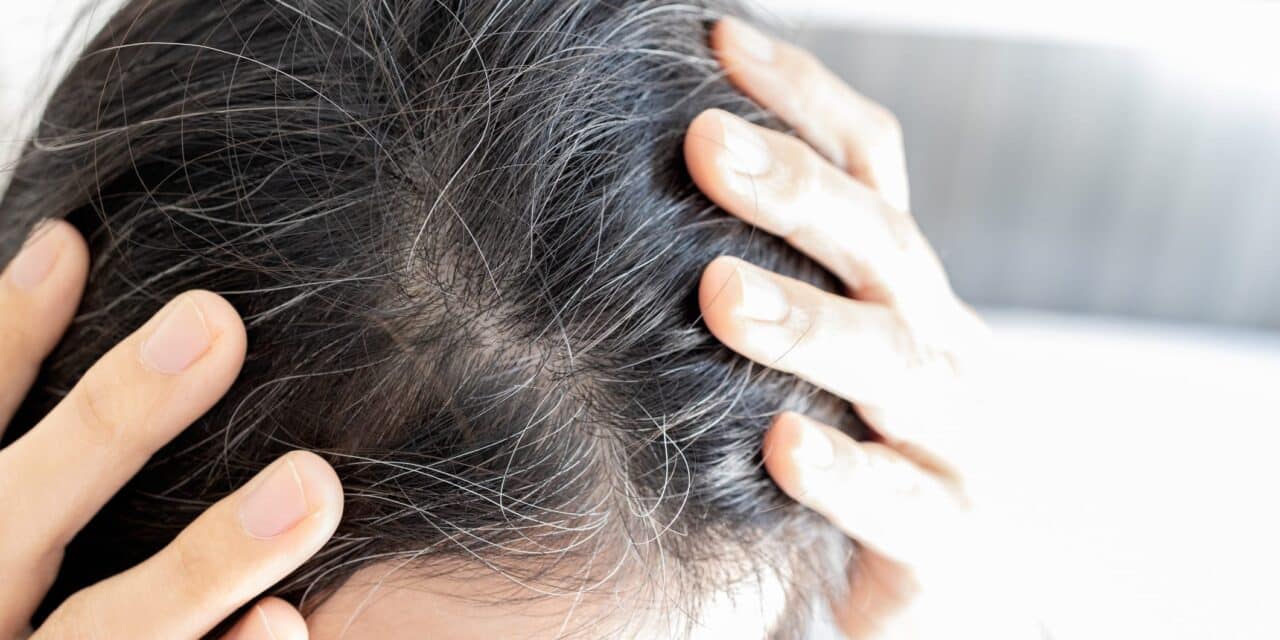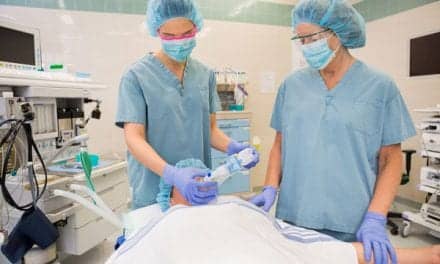Data show 44.6% and 54.3% of patients reached 80% or greater hair coverage with 15 mg and 30 mg doses, respectively.
AbbVie announced positive topline results from the first of two pivotal studies of the phase 3 UP-AA clinical program evaluating the safety and efficacy of upadacitinib (Rinvoq; 15 mg and 30 mg, once daily) in adult and adolescent patients with severe alopecia areata with a mean baseline SALT score of 83.8 (approximately 16% scalp hair coverage).
In study 2, both doses of upadacitinib achieved the primary endpoint, with 44.6% and 54.3% of patients treated with upadacitinib 15 mg and 30 mg, respectively, reaching 80% or more scalp hair coverage (SALT score ≤ 20) at week 24, compared to 3.4% of patients receiving placebo.
“UP-AA is the first pivotal program to have ranked and met the rigorous standard of SALT=0, indicating complete scalp hair regrowth. These data underscore AbbVie’s commitment to advancing novel treatments that have the potential to improve the lives of individuals with immune-mediated diseases,” says Kori Wallace, MD, PhD, vice president, global head of immunology clinical development at AbbVie, in a release.
36% and 47.1% of patients treated with upadacitinib 15 mg and 30 mg, respectively, reached 90% or more scalp hair coverage (SALT ≤ 10), compared to 1.4% of patients receiving placebo at week 24 (p<0.001). Additional key secondary endpoints that were met included percentage of subjects with improvements in eyebrows and eyelashes, as well as the percentage of subjects with complete scalp hair coverage (SALT=0) with both doses of upadacitinib at week 24.
“The sudden and often unpredictable hair loss people living with [alopecia areata] experience can profoundly impact their self-esteem and mental well-being,” says Arash Mostaghimi, MD, MPA, MPH, associate professor of dermatology and vice chair of clinical trials and innovation at Brigham & Women’s Hospital, Harvard Medical School, in a release. “There is a pressing need for more treatments that help enable regrowth of scalp and non-scalp hair. I am encouraged by these results that demonstrate the potential of upadacitinib to be an important new treatment option.”
Safety Profile of Upadacitinib in Alopecia Areata Patients
The safety profile of both doses of upadacitinib in the 24-week, placebo-controlled period (Period A) was generally consistent with that observed in approved indications.
Treatment-emergent serious adverse events occurred in 1.4% and 2.8% of patients in the upadacitinib 15 mg and 30 mg groups, respectively, and none in the placebo group.
Discontinuations due to treatment-emergent adverse events (TEAEs) occurred in 0.7% and 1.4% of subjects in the upadacitinib 15 mg and 30 mg groups, respectively, and none in the placebo group. The most common TEAEs observed were acne, nasopharyngitis, and upper respiratory tract infection. Serious infections were reported infrequently with 0.7% in the upadacitinib 15 mg group and 1.0% in the upadacitinib 30 mg group, and none in the placebo group. There were no adjudicated MACE, malignancies, or deaths reported. One adjudicated venous thromboembolism was reported in the upadacitinib 15 mg group in a patient with multiple risk factors.
Use of upadacitinib in alopecia areata is not approved, and its safety and efficacy have not been evaluated by regulatory authorities.
ID 287361453 © Satjawat Boontanataweepol | Dreamstime.com




